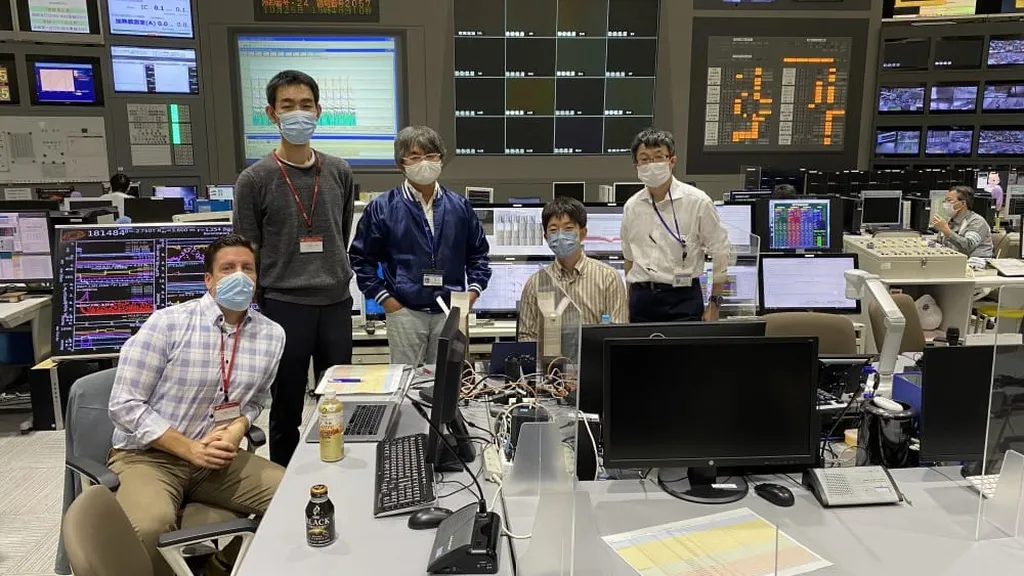In the realm of energy research, a team of scientists from the Princeton Plasma Physics Laboratory, led by I. E. Ochs, E. J. Kolmes, A. S. Glasser, and N. J. Fisch, has been exploring the challenges and potential of proton-Boron 11 (pB11) fusion, a promising but difficult-to-harness form of inertial confinement fusion (ICF). Their findings, published in the journal Physics of Plasmas, shed light on the hurdles that must be overcome to make pB11 fusion a viable energy source.
Proton-Boron 11 fusion is an attractive prospect for energy production because it is relatively safe and clean, producing no radioactive waste or greenhouse gases. However, it has proven difficult to achieve net power production due to a phenomenon called bremsstrahlung radiation. This radiation tends to carry away power more quickly than it can be generated by the fusion reaction, especially when the plasma is poisoned by alpha particles, which are a byproduct of the fusion process.
In magnetic confinement fusion (MCF), this issue can be addressed by deconfining the alphas, but in ICF, the alphas that heat the plasma linger for the duration of the reaction. Therefore, it becomes crucial to trap the bremsstrahlung radiation in the hotspot, the region where the fusion reaction occurs. The researchers conducted burn simulations that incorporated bremsstrahlung emission and reabsorption to determine the necessary conditions to capture enough radiation to achieve scientific breakeven in a pB11 ICF plasma.
Their findings indicate that achieving breakeven requires a stagnation areal density roughly two orders of magnitude higher than the current state-of-the-art, at pressures three orders of magnitude higher. In simpler terms, to make pB11 fusion viable, the plasma must be compressed to a much greater density and held at much higher pressures than current technology allows. This presents a significant challenge for the energy sector, but also a clear target for future research and development.
The practical applications of this research are significant for the energy industry. If the challenges of pB11 fusion can be overcome, it could provide a clean, safe, and abundant source of energy. The findings of this study provide a roadmap for future research, highlighting the need for advancements in plasma compression and confinement technologies. As the energy sector continues to seek sustainable and low-emission power sources, the insights gained from this research could prove invaluable.
Source: I. E. Ochs, E. J. Kolmes, A. S. Glasser, and N. J. Fisch, “Bremsstrahlung constraints on proton-Boron 11 inertial fusion,” Physics of Plasmas (2023).
This article is based on research available at arXiv.

